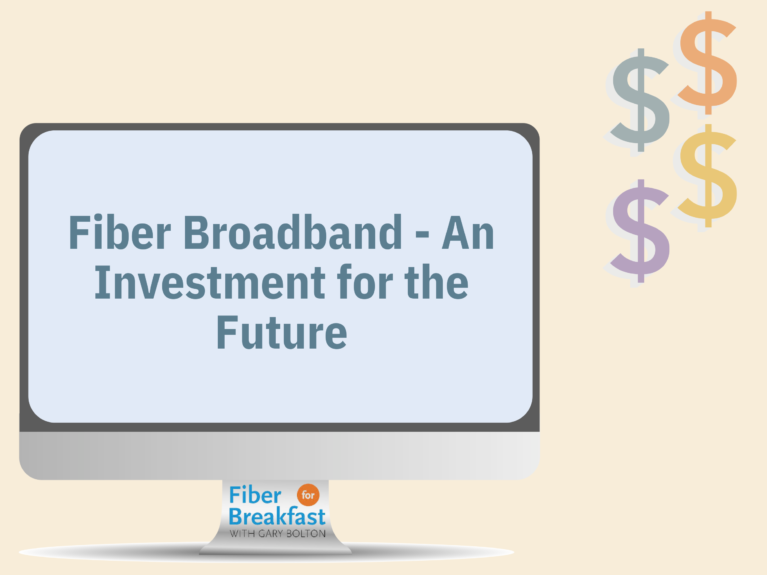Transforming Rural Economies: The Role of Fiber in Economic Growth
Transforming Rural Economies: The Role of Fiber in Economic Growth
According to a recent report published by the Center on Rural Innovation (CORI) titled “Beyond Connectivity: The Role of Broadband in Rural Economic Growth and Resilience,” there has been a widening divide since 1980 between rural and non-rural areas. There are fewer jobs in 2021 than in 2001 and rural per capita income lags behind the national average by more than 20%. The loss of employment and wage stagnation can lead to significant population decline, with growth remaining stagnant at 0% over the past decade.
“We have heard about a lot of global economic trends, and they have all disproportionately negatively impacted rural areas. From automation and globalization… and also the decline in entrepreneurship we have seen across the U.S.,” said Dr. Amanda Weinstein, Director of Research, Knowledge, and Evaluation, Center on Rural Innovation at CORI.
Analyzing the economics of rural areas reveals a reliance on three sectors: tradeable goods, tradeable services, and local services. Rural economies thrive on the tradeable sector, meaning that globalization and automation disproportionately affect them.
CORI’s study indicated a decade ago, there was a 30-percentage point gap in broadband access between rural and non-rural communities; today, that gap has narrowed to less than ten percentage points. With increasing access to fiber broadband services, rural areas benefit from enhanced tradeable economies, adding value to local economies.
Despite the rise of technology and connectivity, one would expect entrepreneurship to flourish; however, the reality is quite the opposite. A decline in entrepreneurship has resulted in fewer small businesses nationwide, raising significant concerns for rural areas that typically thrive on “mom-and-pop” businesses.
Enhanced broadband access in these communities could lead to a resurgence in entrepreneurship. Rural communities with high broadband utilization tend to experience an increase in the number of businesses, while similar communities with low broadband utilization often see a decline. Research shows that communities with high broadband utilization experience a GDP growth rate of 44%, alongside an 18% increased per capita income.
Studies have demonstrated that increased broadband access fosters innovation and facilitates access to markets, resources, and services that rural entrepreneurs require. The presence of reliable broadband is leading to enhanced remote work opportunities, e-commerce capabilities, and access to online education and training programs, which are vital for entrepreneurship and economic growth.
A CORI case study on Bemidji in Beltrami County, Minnesota, illustrates the positive economic impact high-broadband adoption has on rural communities. This northern county, with around 46,000 people, has been serviced by local ISP, Paul Bunyan Communications, which has played an important role in driving broadband adoption.
“These little ISPs [like Paul Bunyan] play critical roles in driving adoption and access, and a big part of the reason why is because they operate under a different model mindset,” said Dr. Adam Dewbury, Researcher, Center on Rural Innovation. “A big part of the reason why is because they operate under a different model mindset than large, publicly traded ISPs. These cooperatives are really focused on doing what’s right for their communities.”
In 2004, Paul Bunyan Communications made the strategic decision to invest in an all-fiber network, recognizing it as the best long-term solution for both their residential and business customers. They also provide free public Wi-Fi throughout the city, which supported the rollout of gigabit service in 2014.
The results have been transformative. Between 2010 and 2021, 120 new businesses were established in Bemidji, many attributing their growth to high-speed fiber broadband. For example, Erik Hokuf, General Manager of AirCorps Aviation, noted that fiber broadband helped his company generate $4 million in annual revenue – a significant increase from the estimated $300,000 – $400,000 they would have achieved without this connectivity.
For more on the true value of reliable broadband in non-metro locations and how rural areas can truly become a community, listen to the latest Fiber for Breakfast podcast.
###



